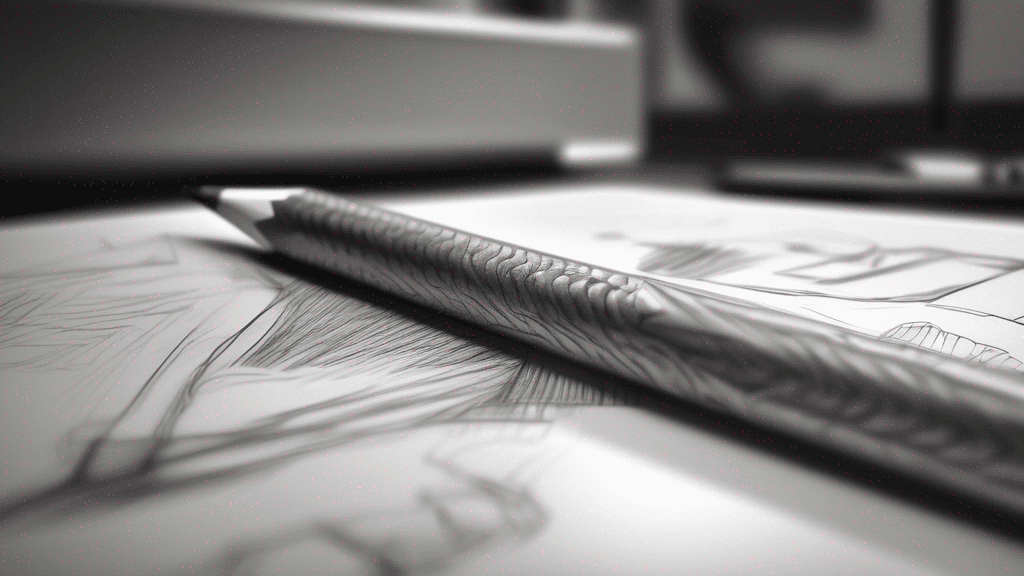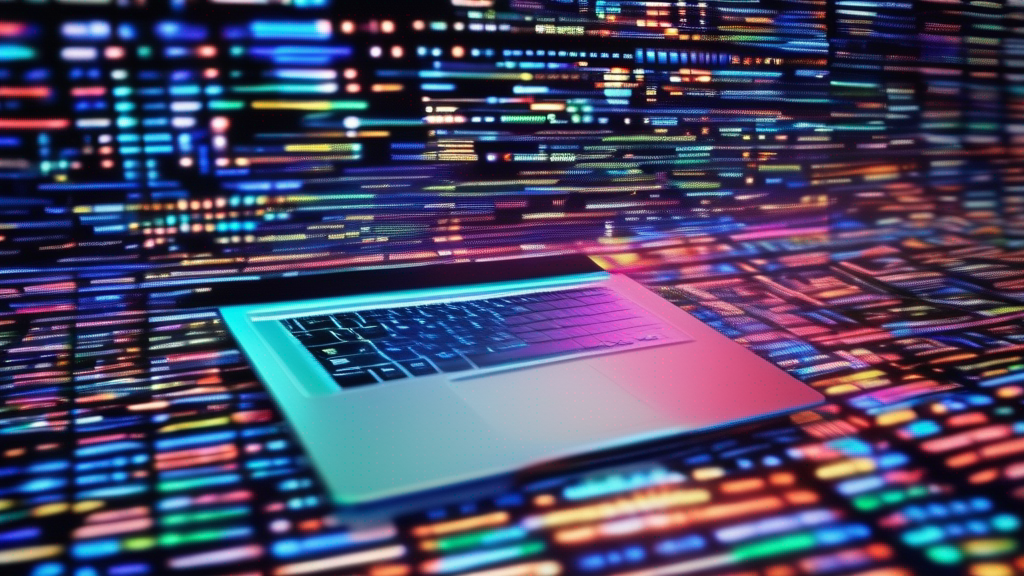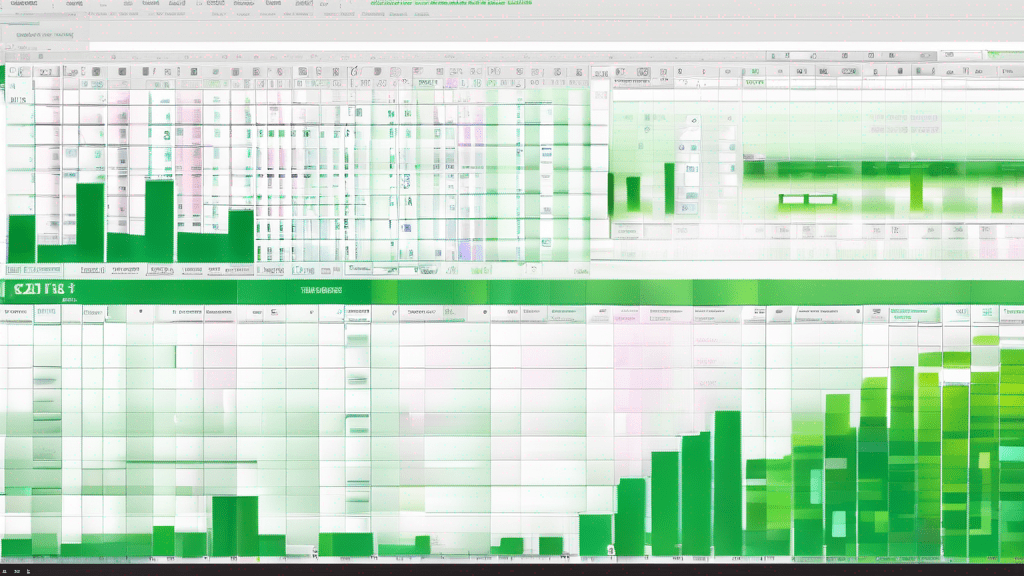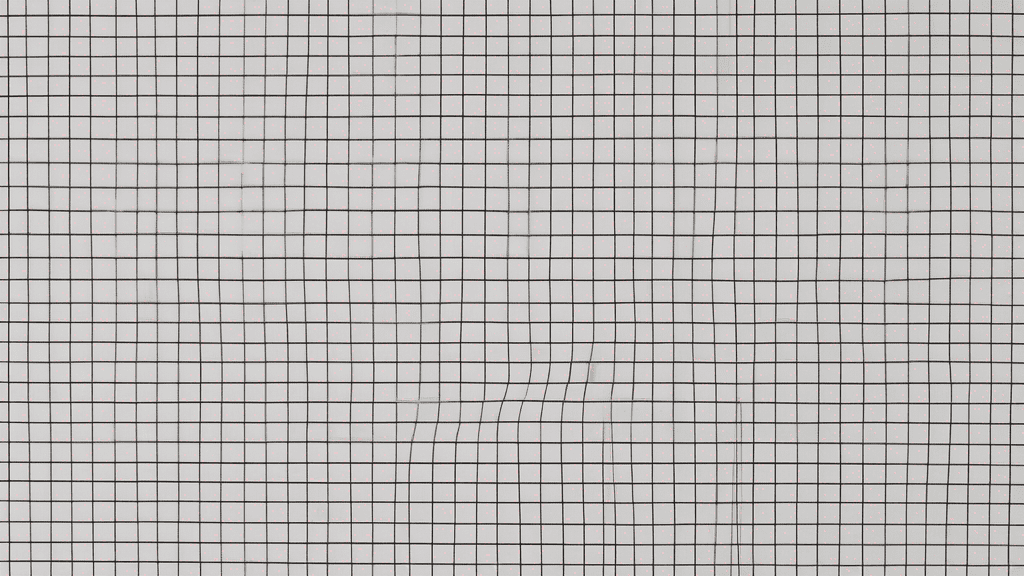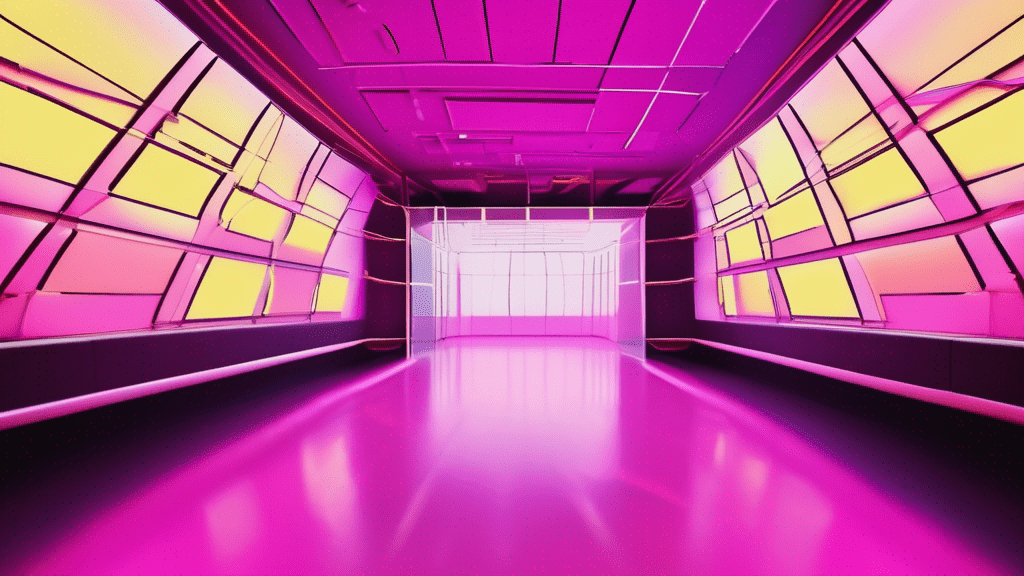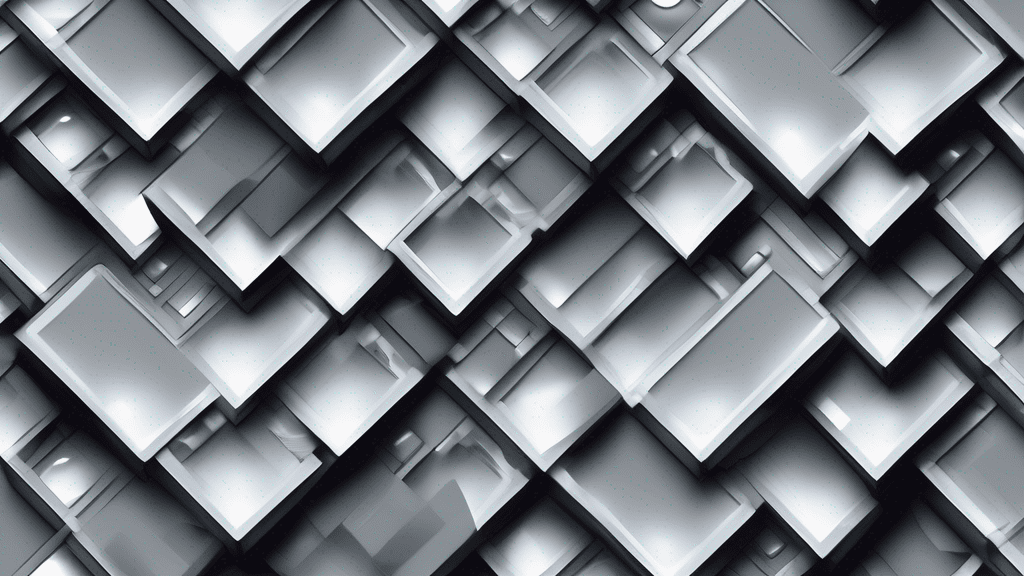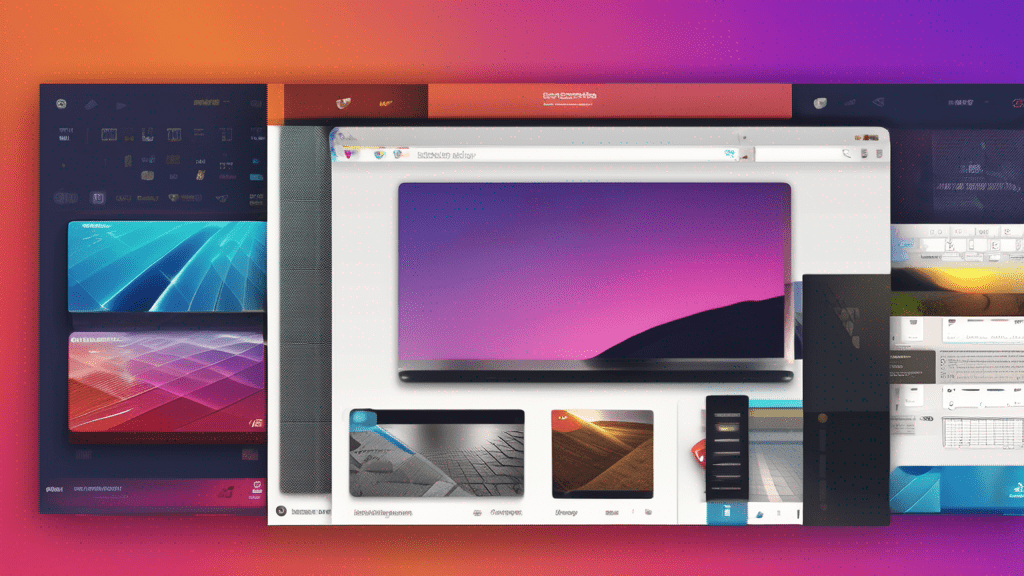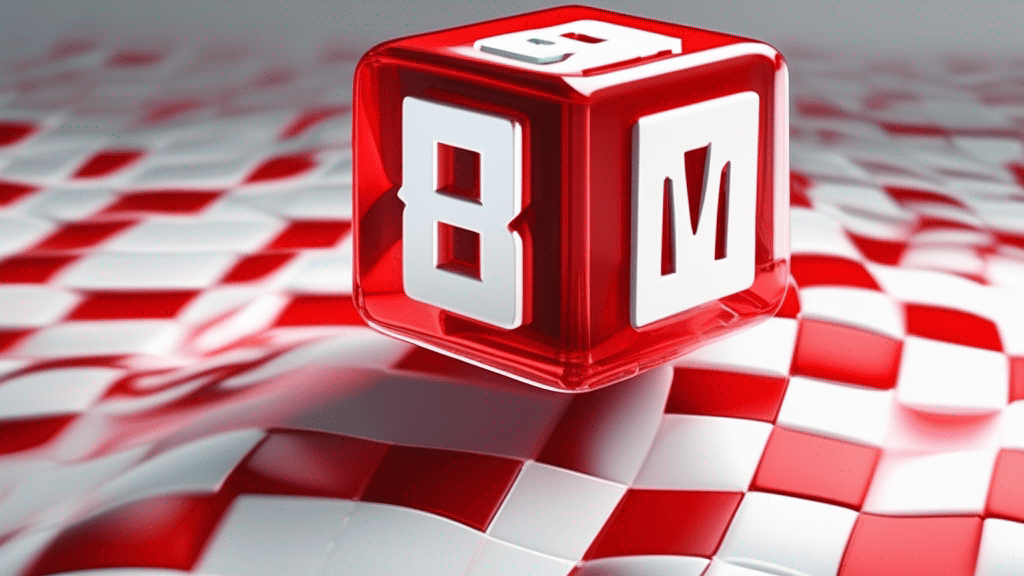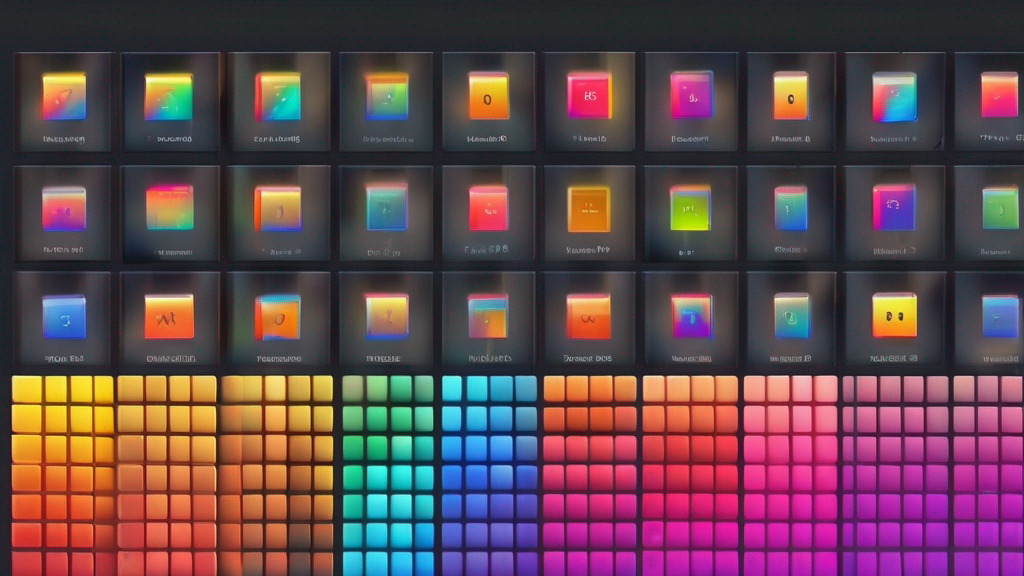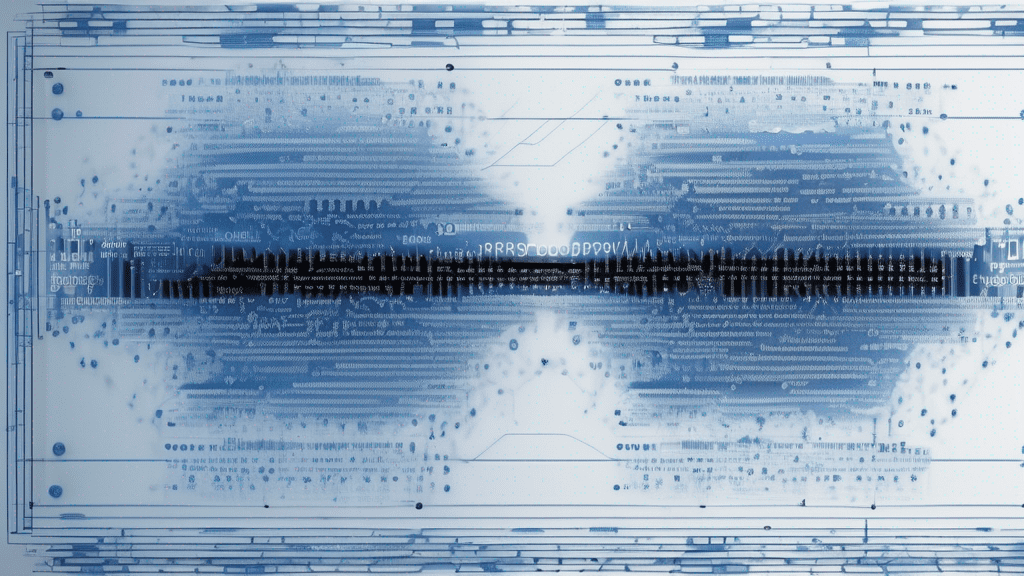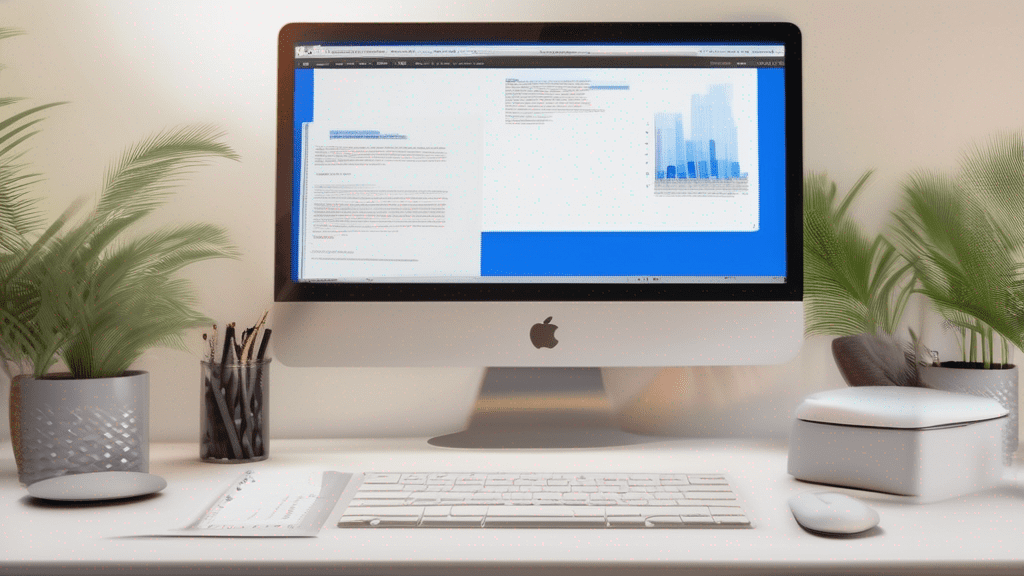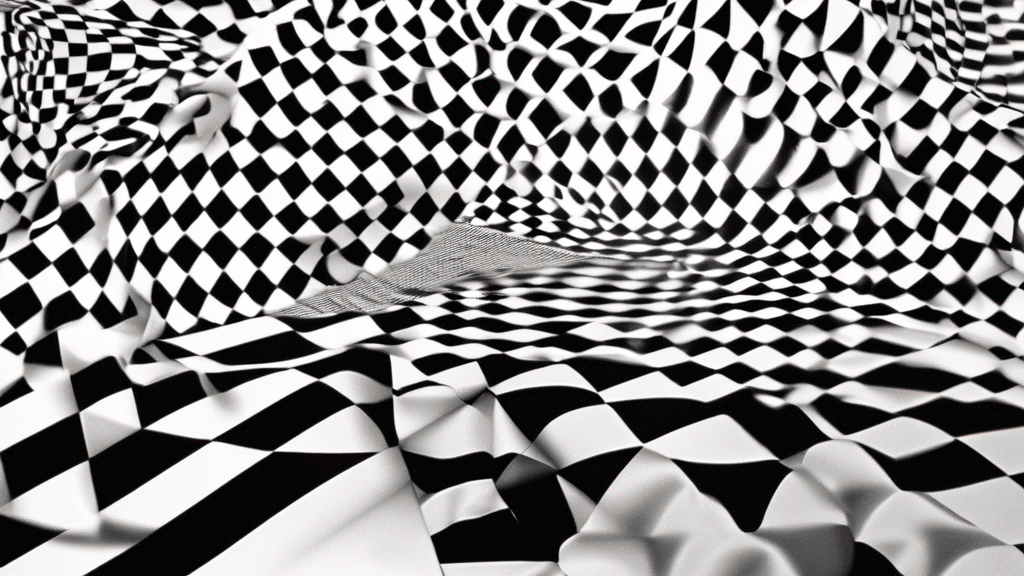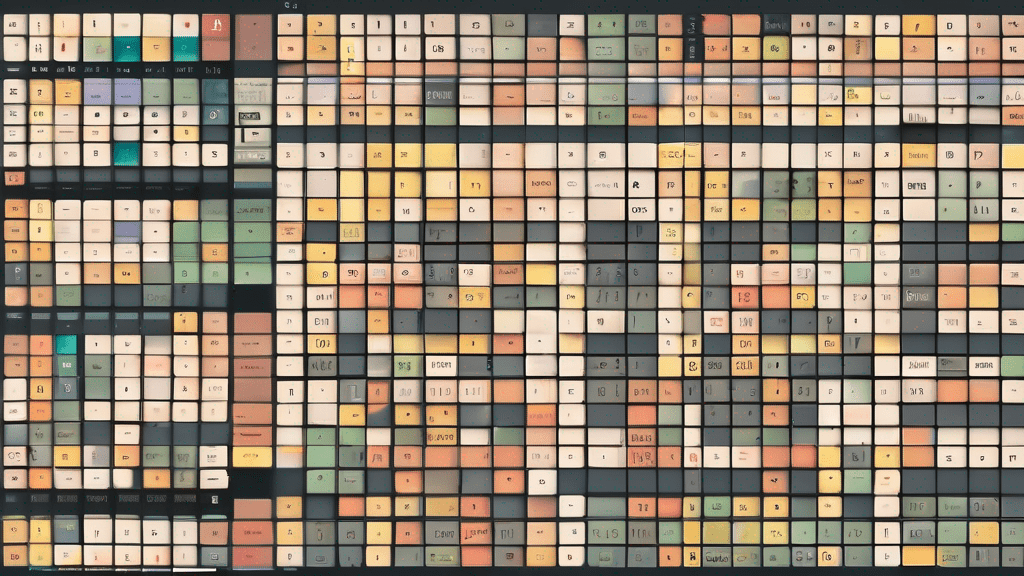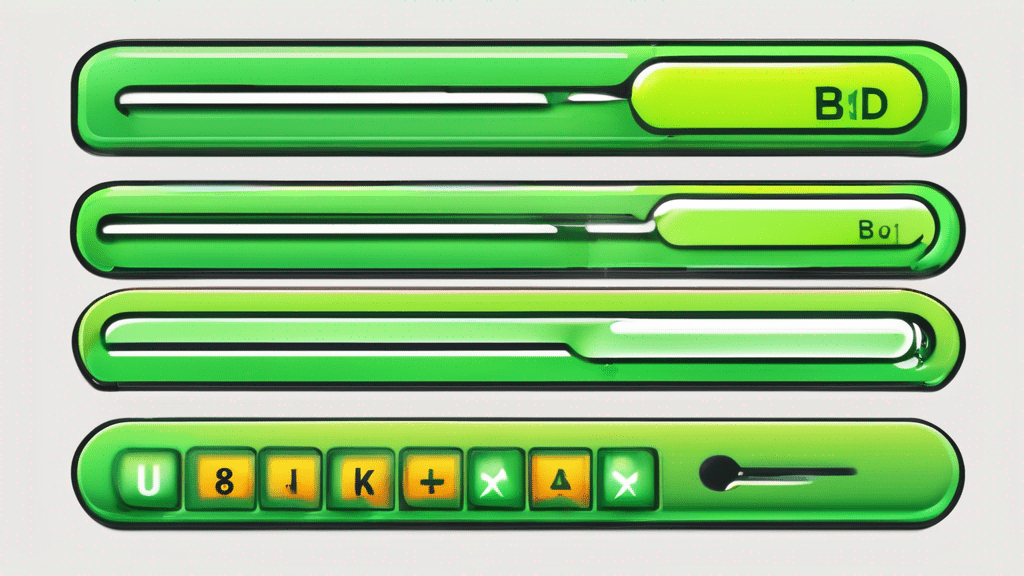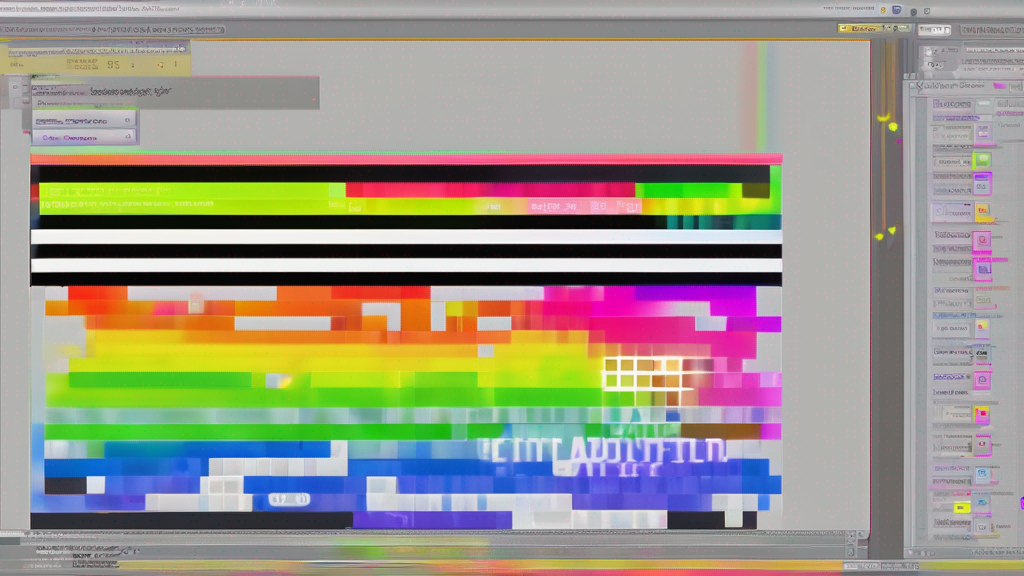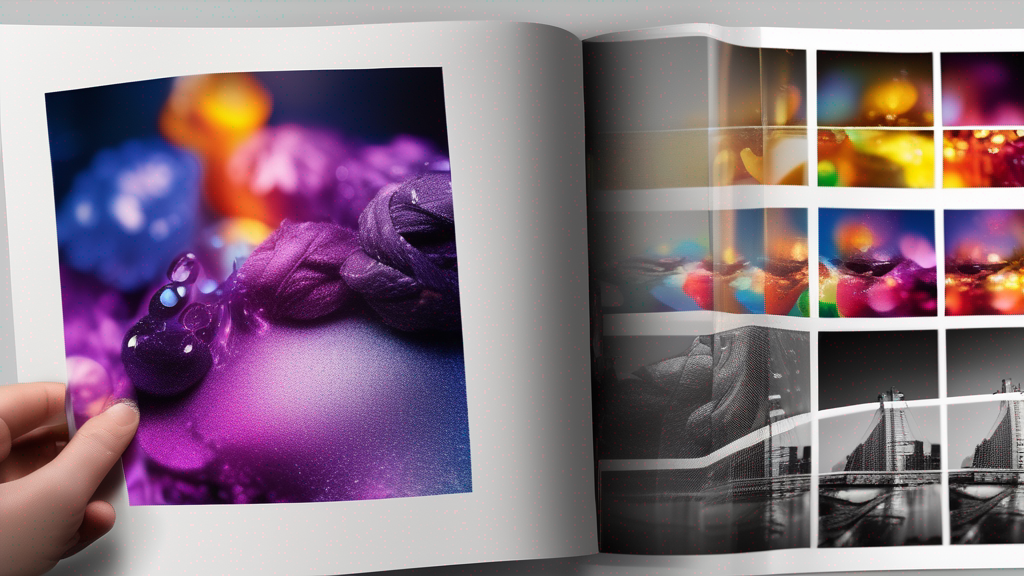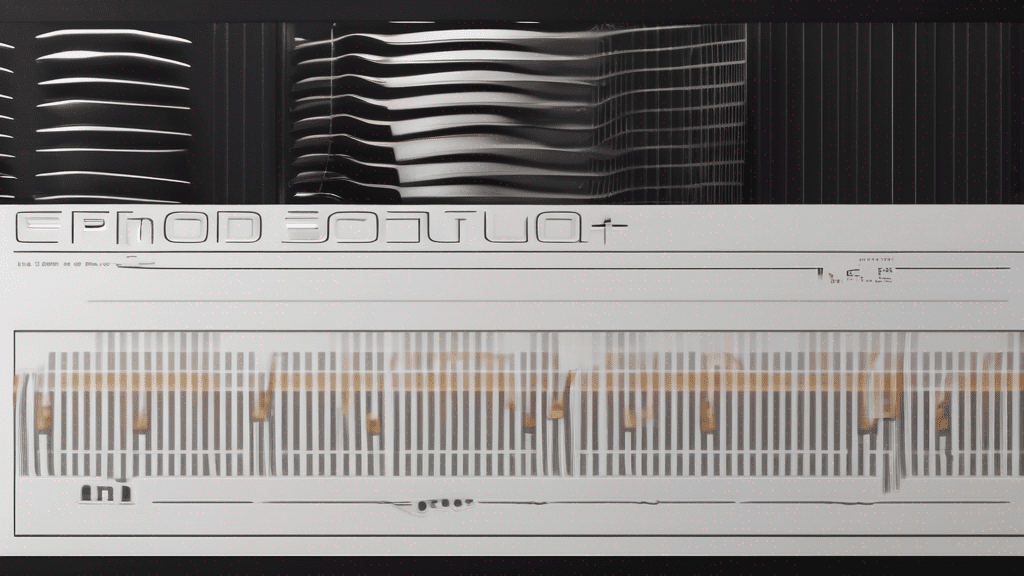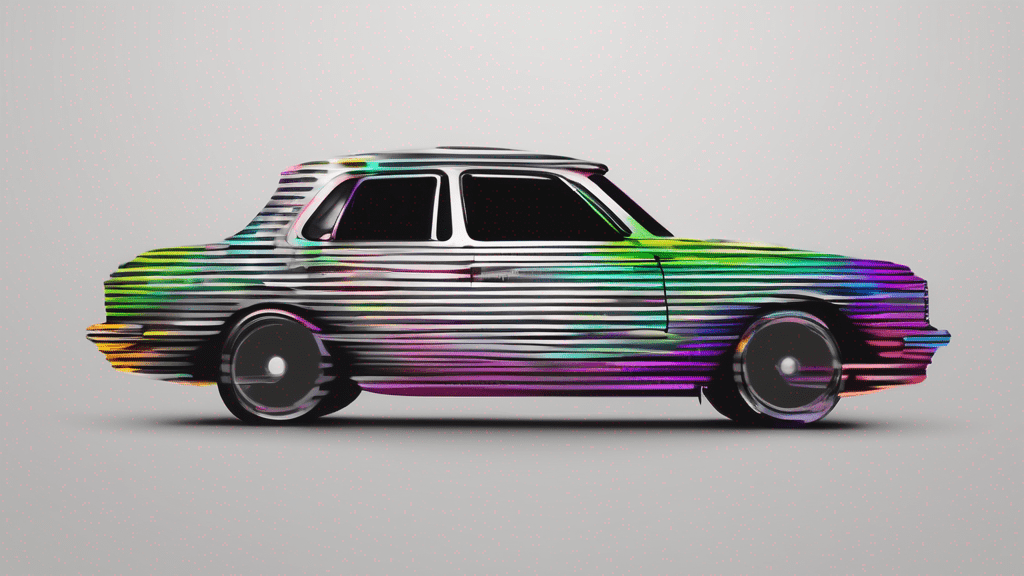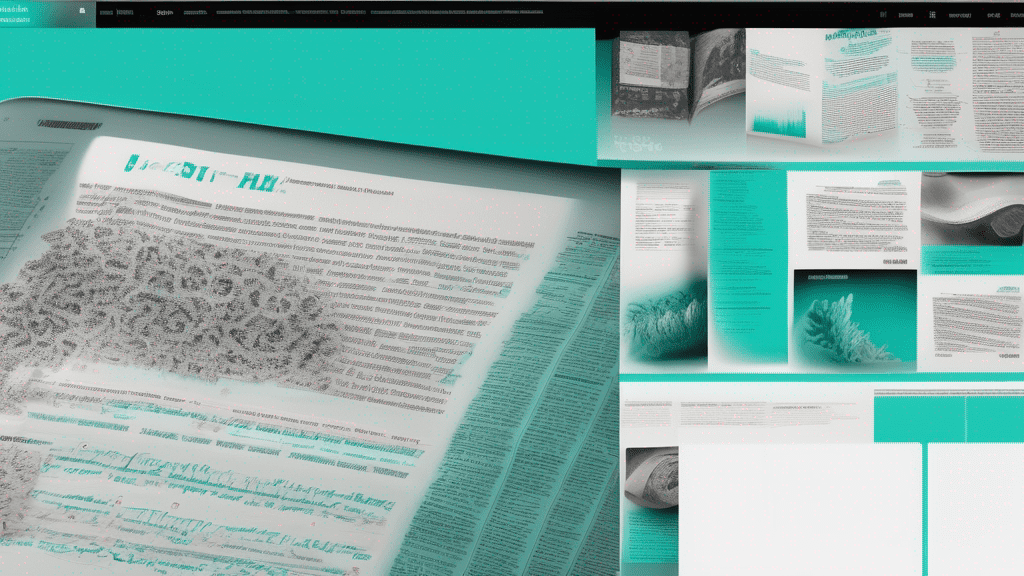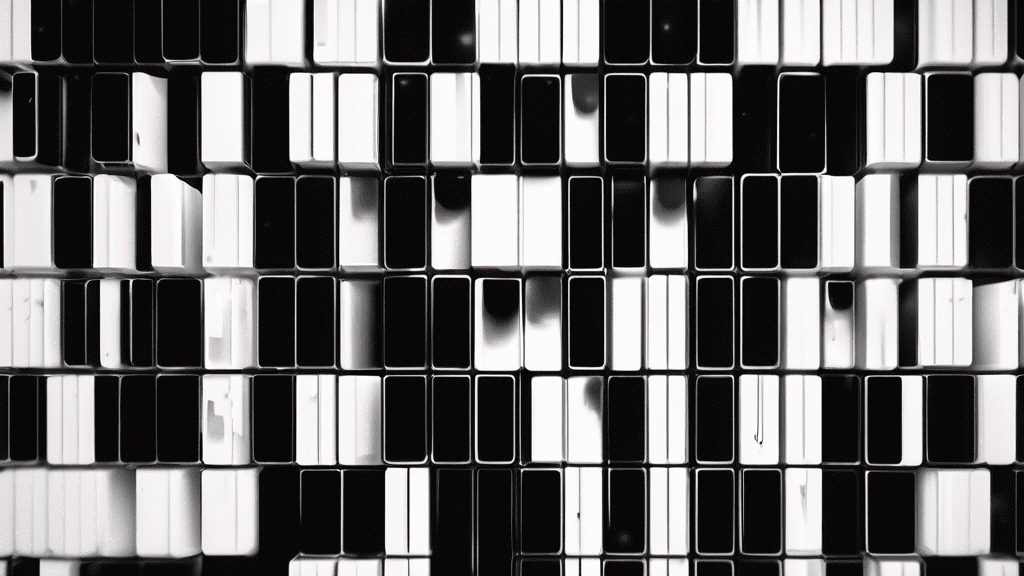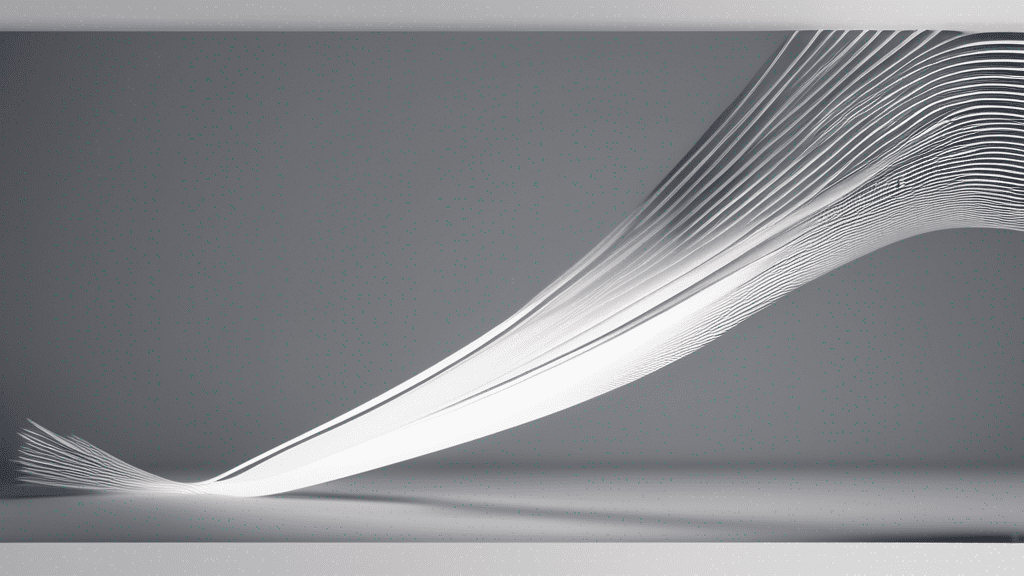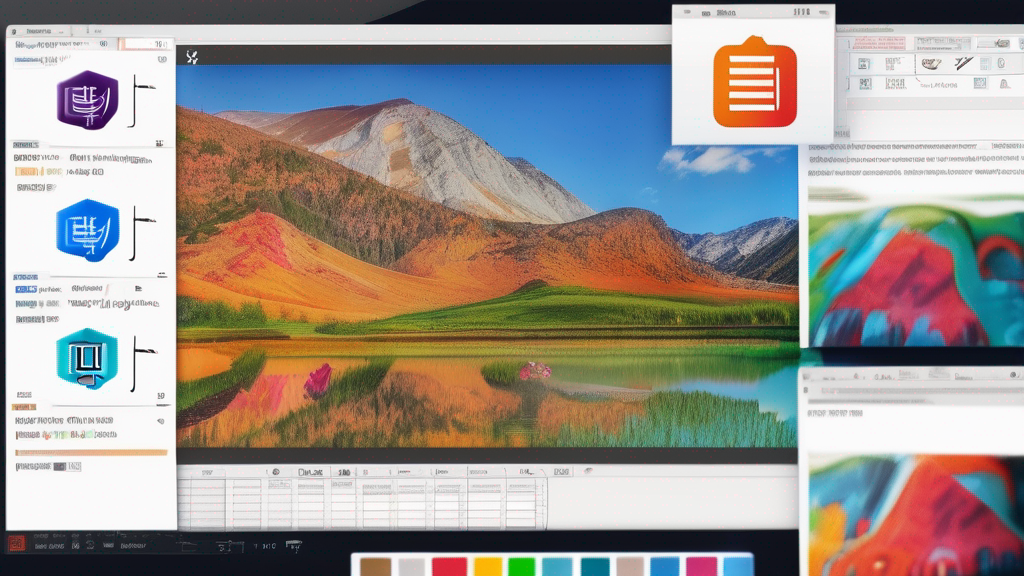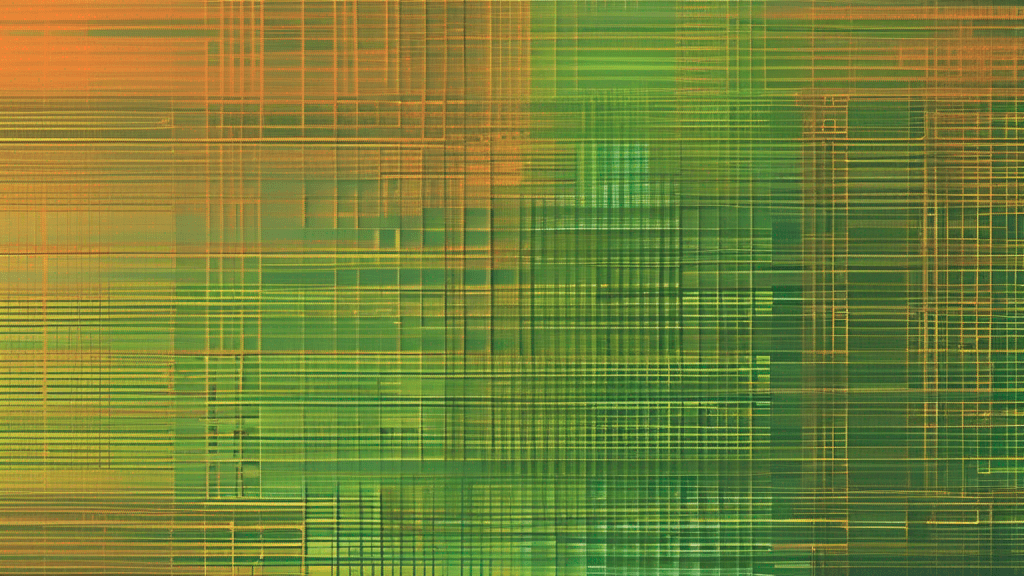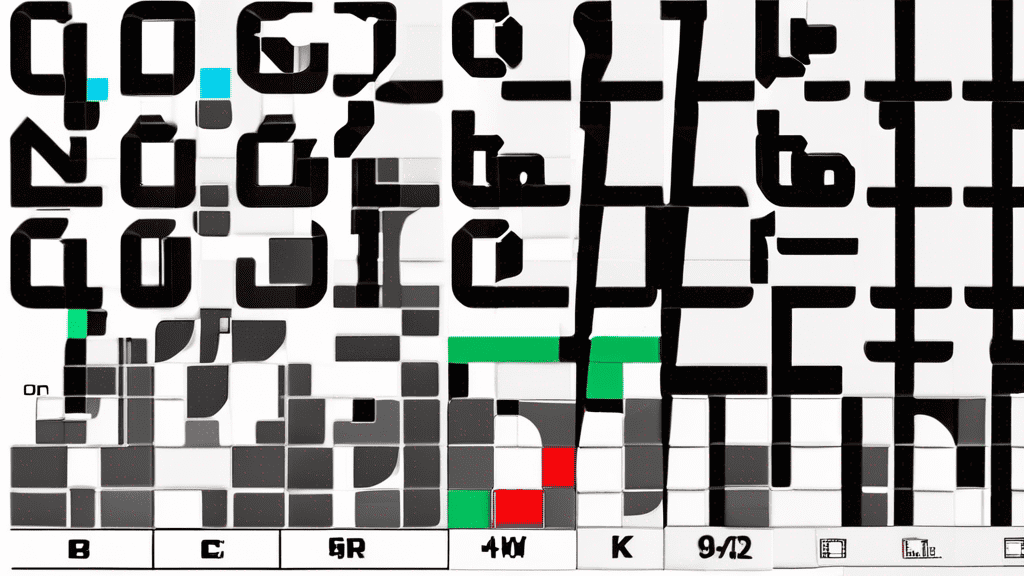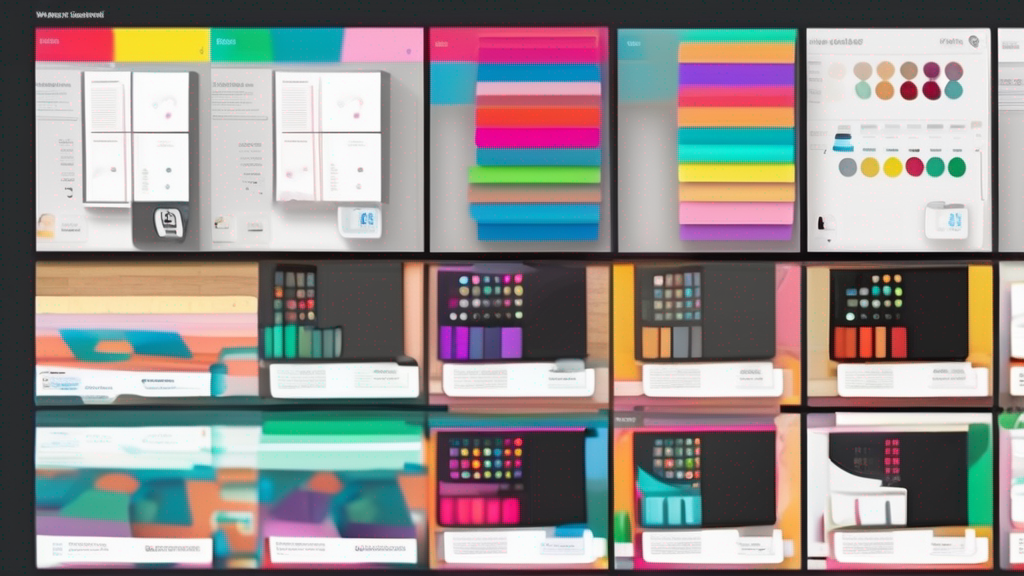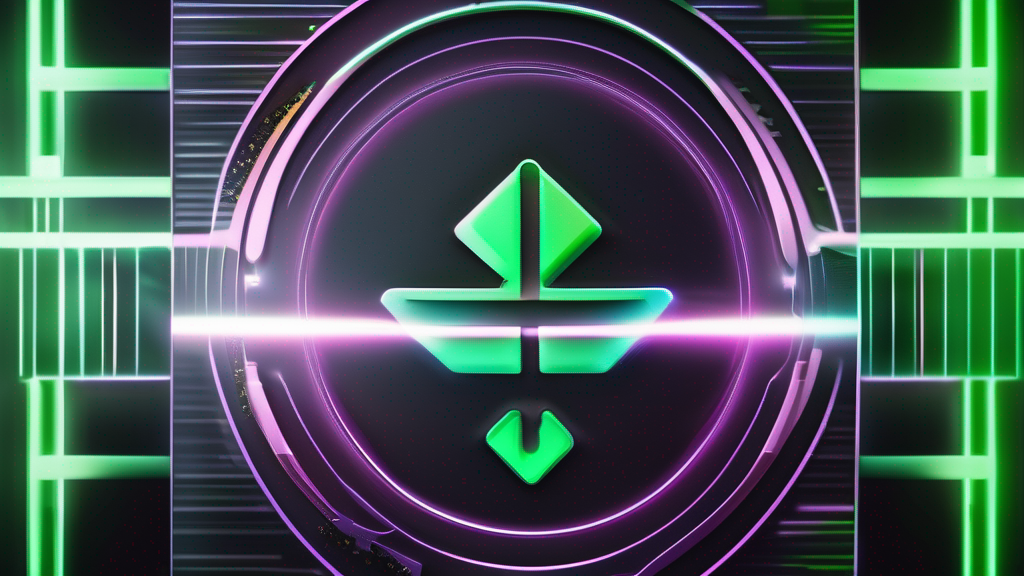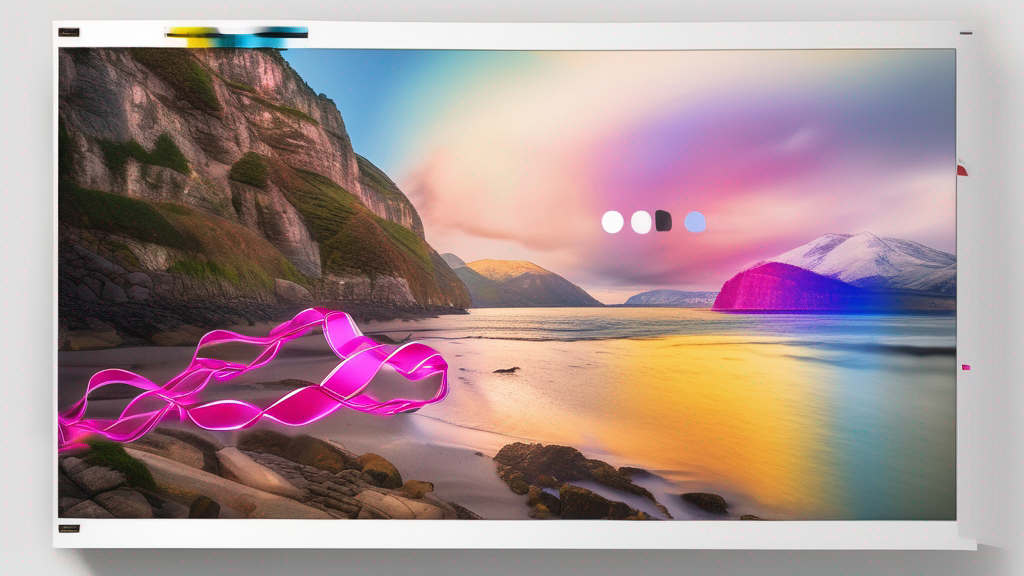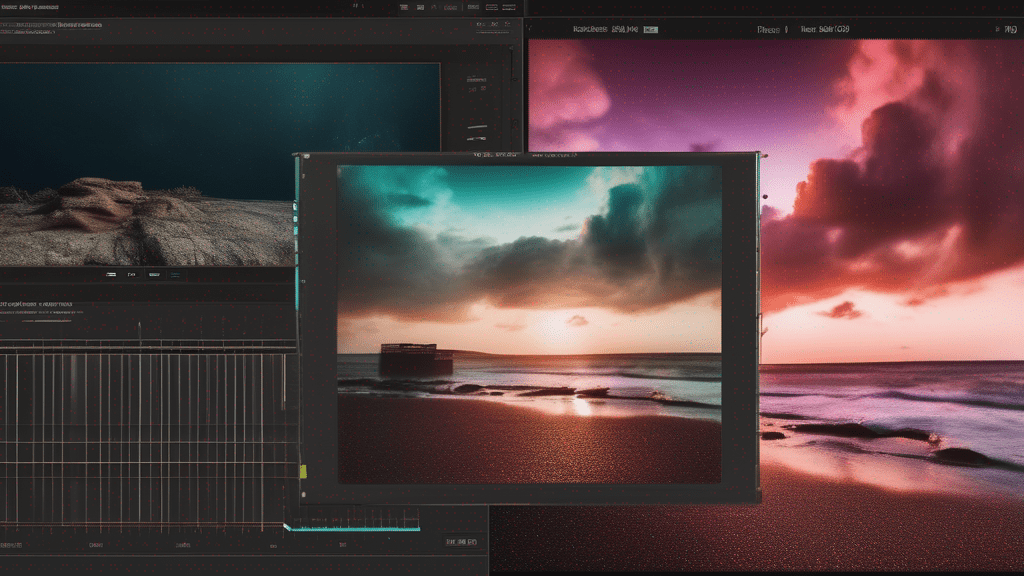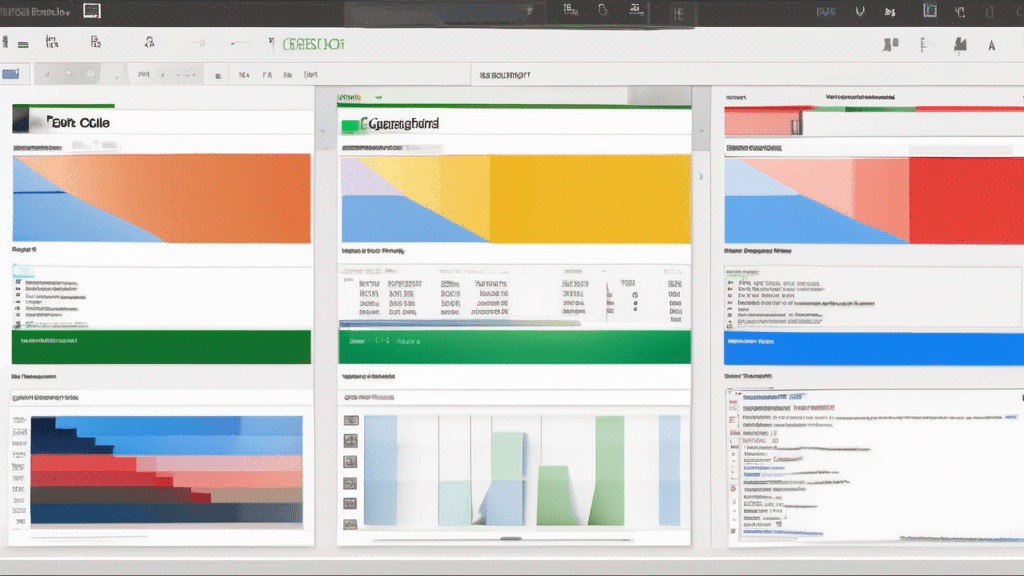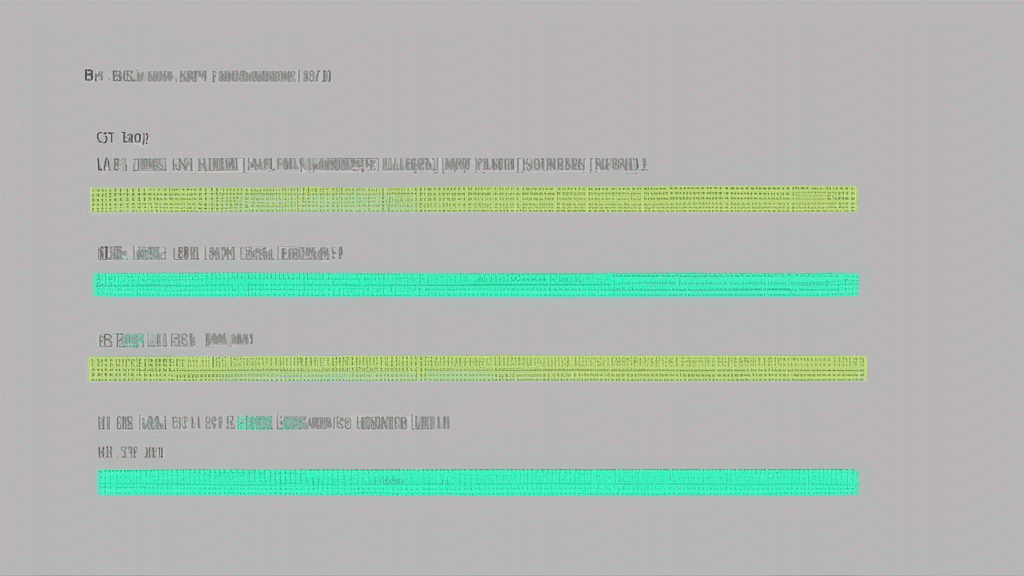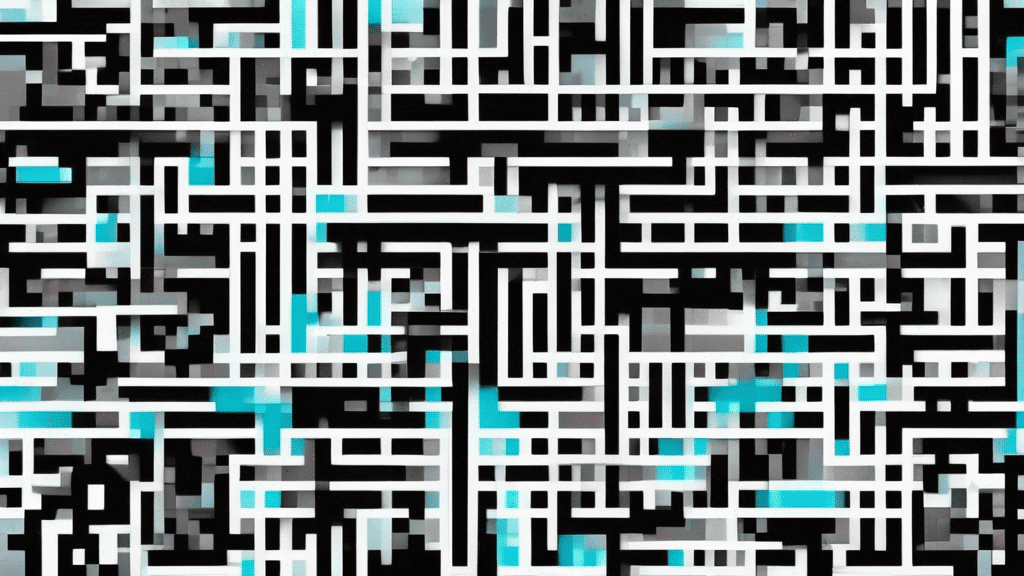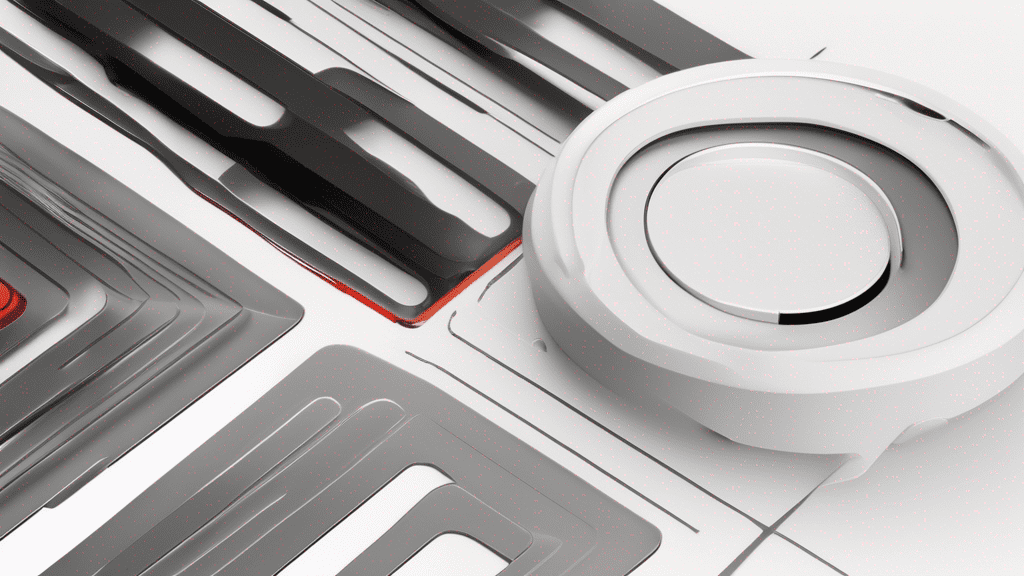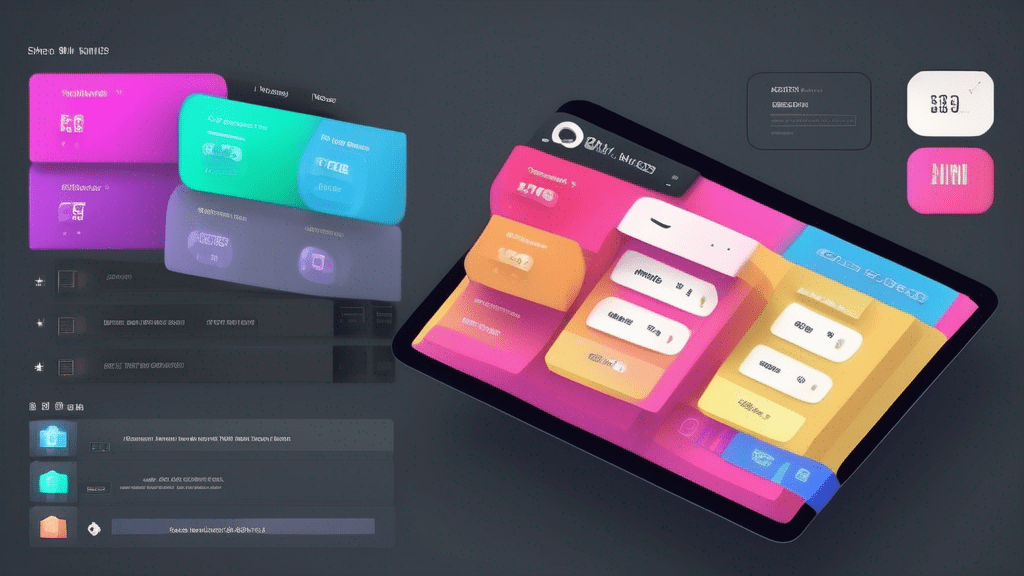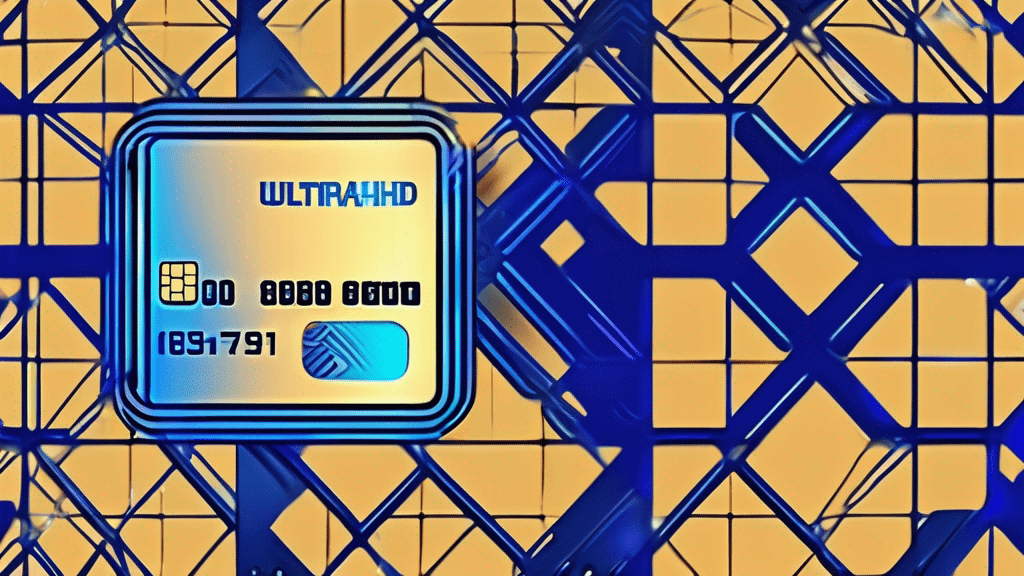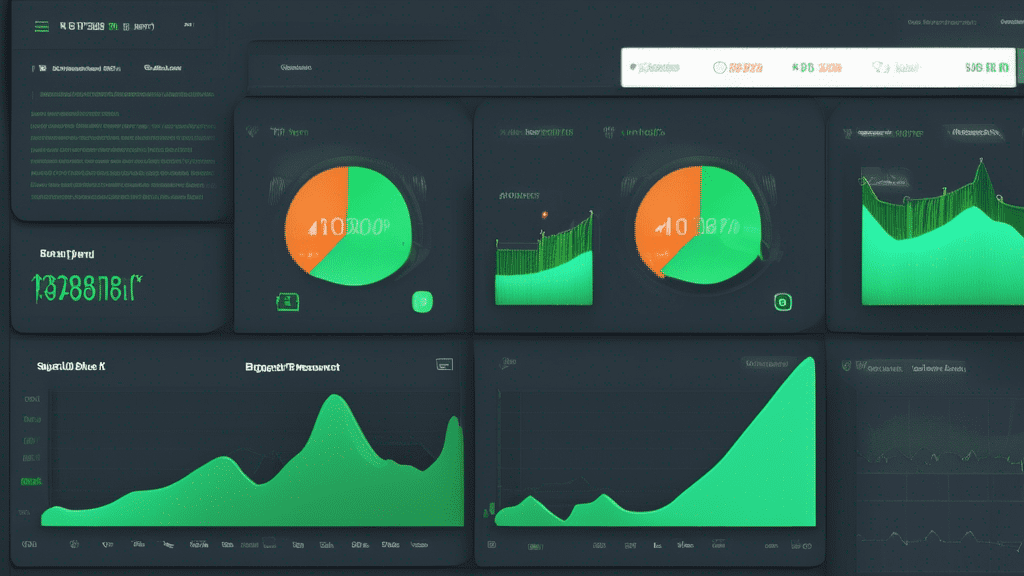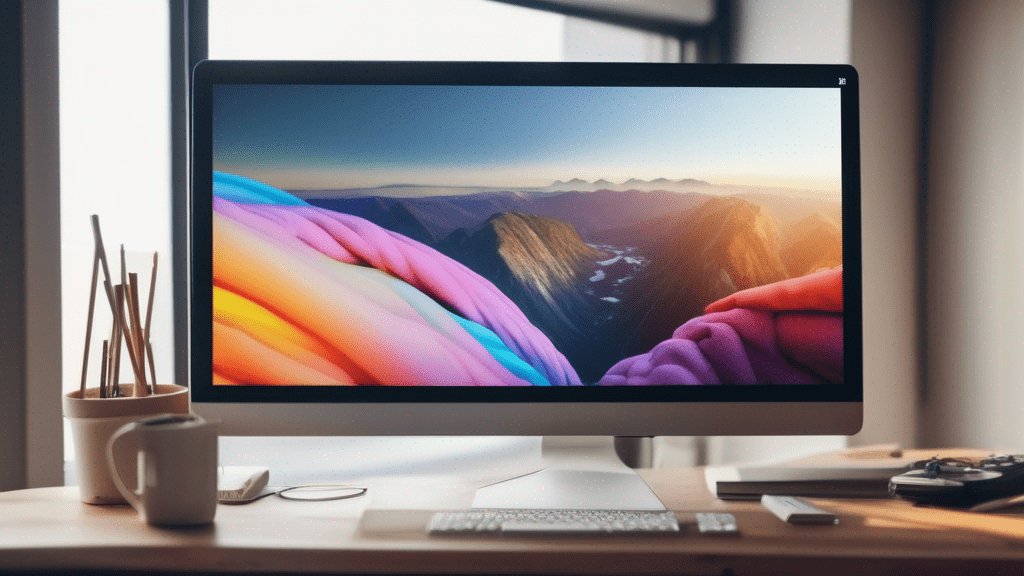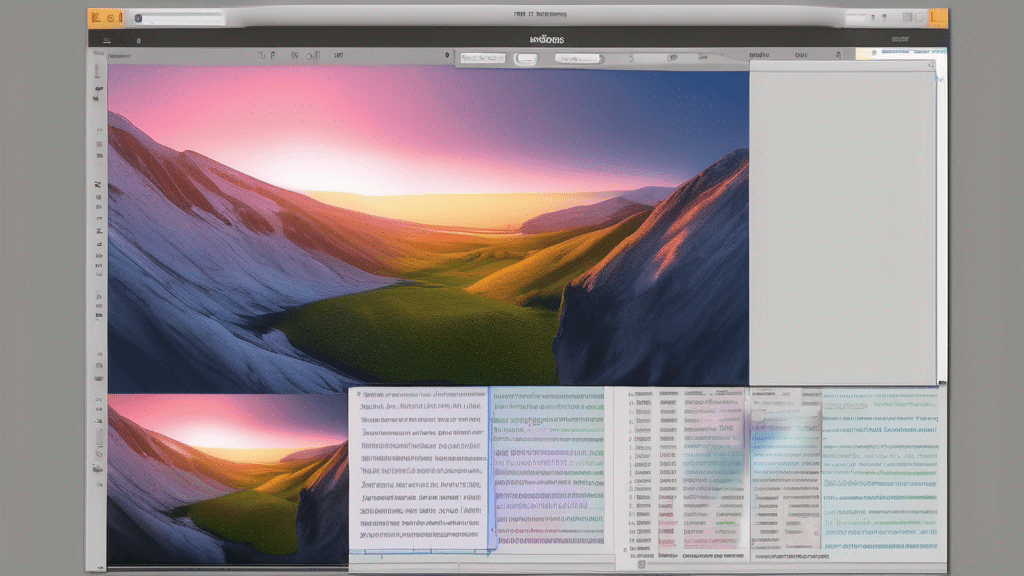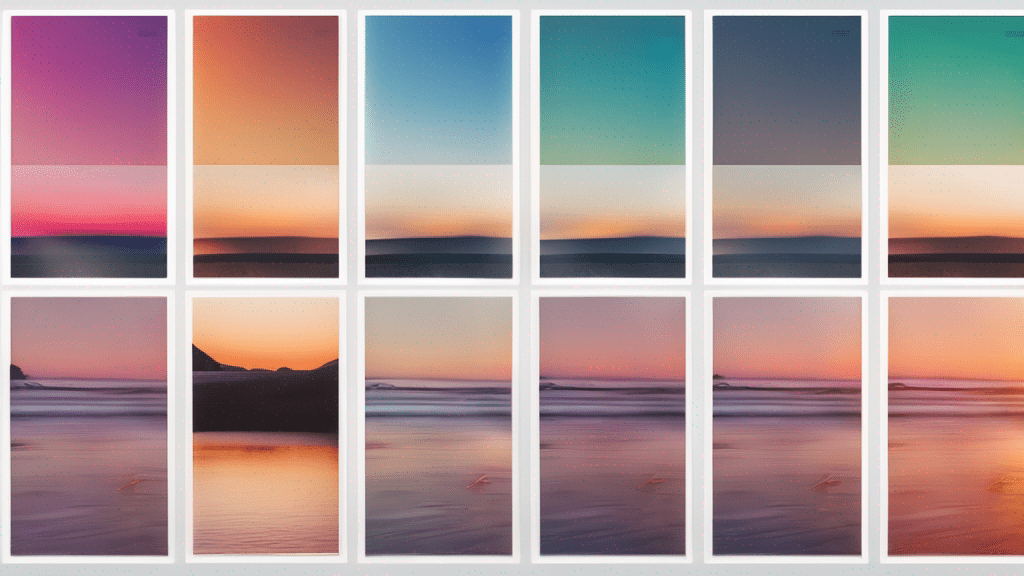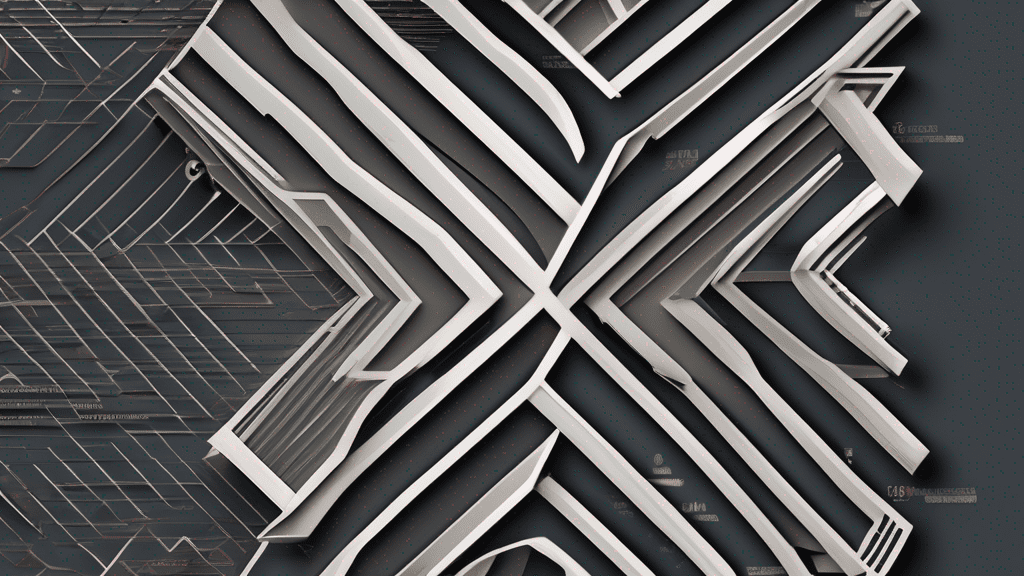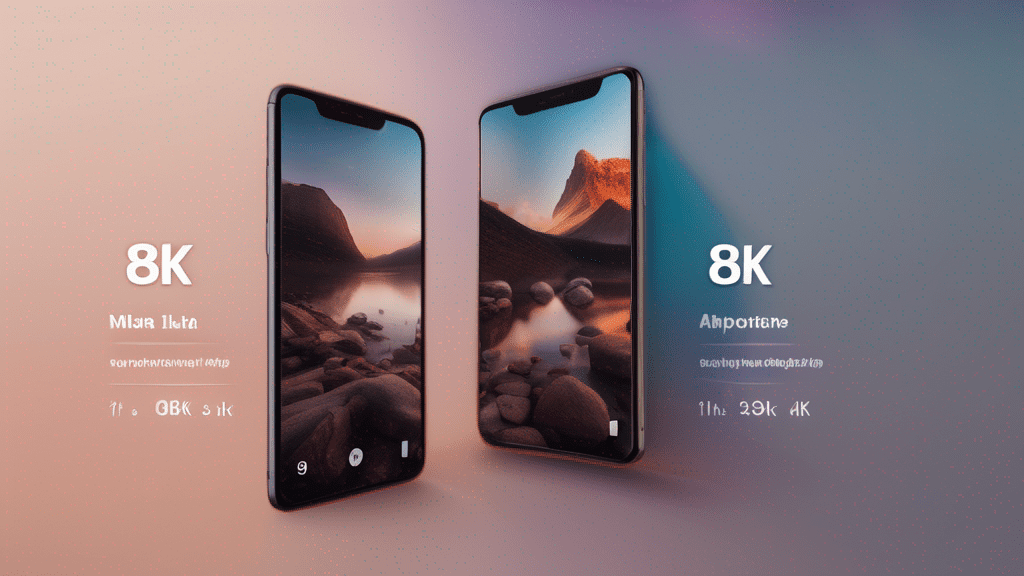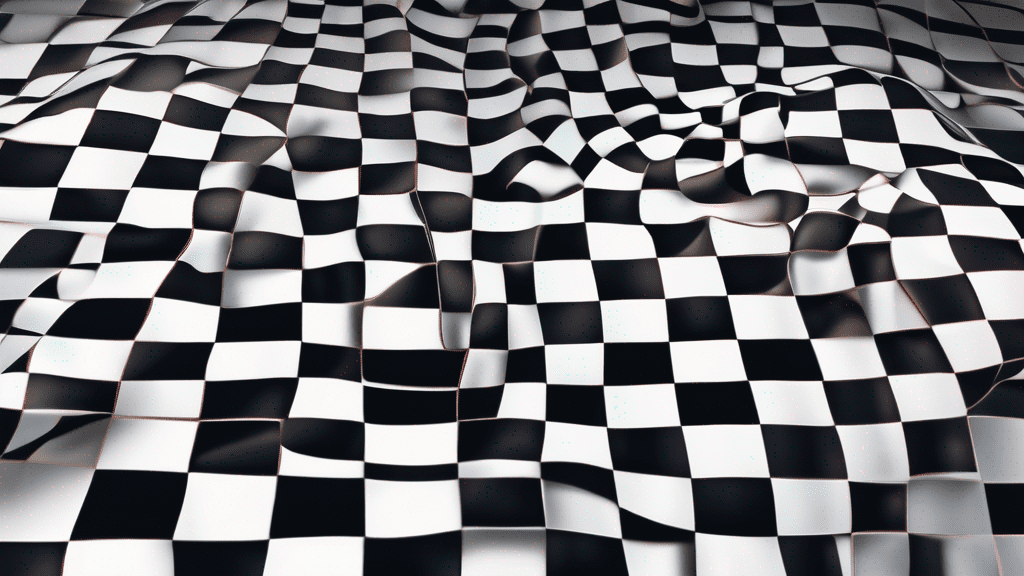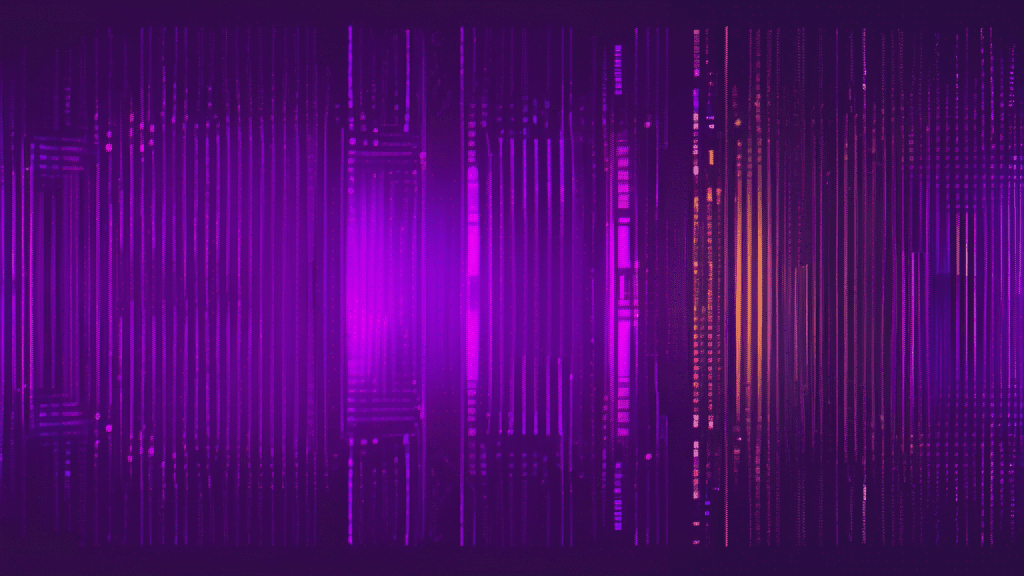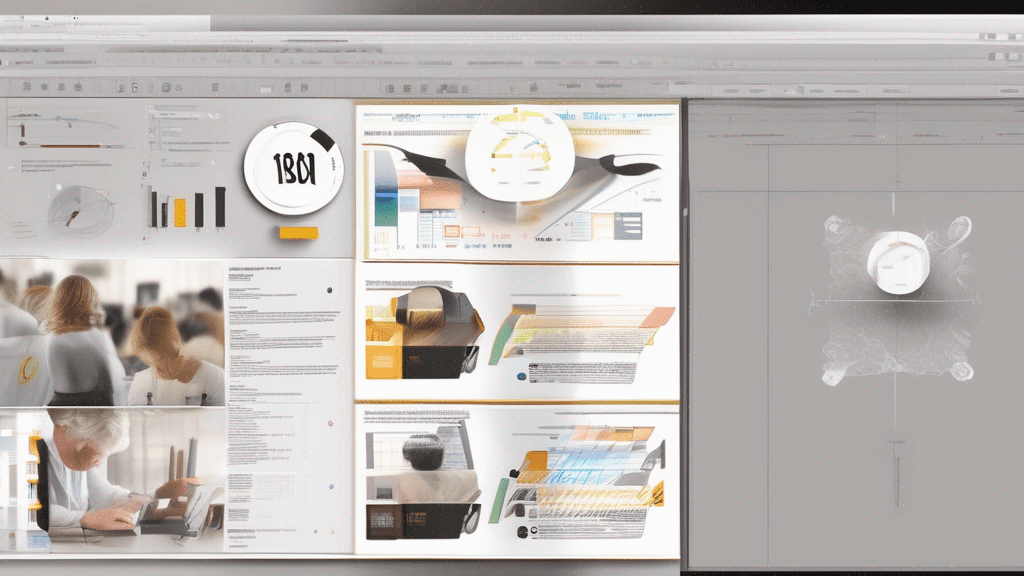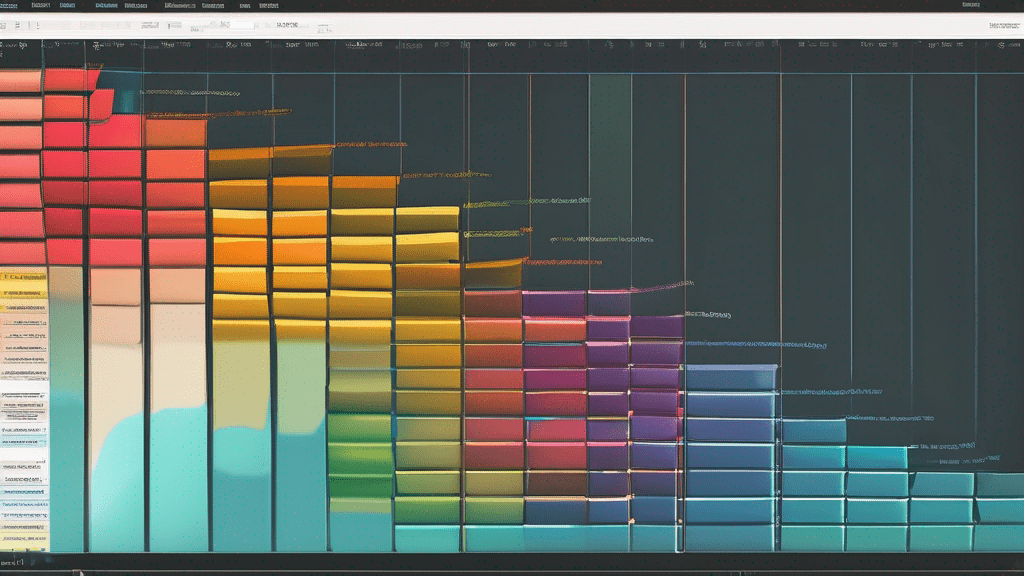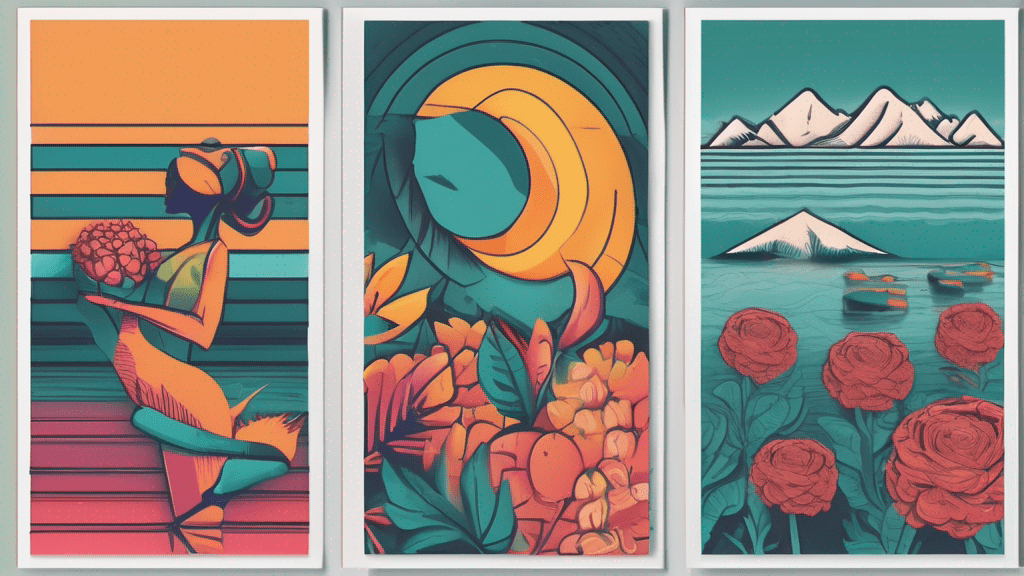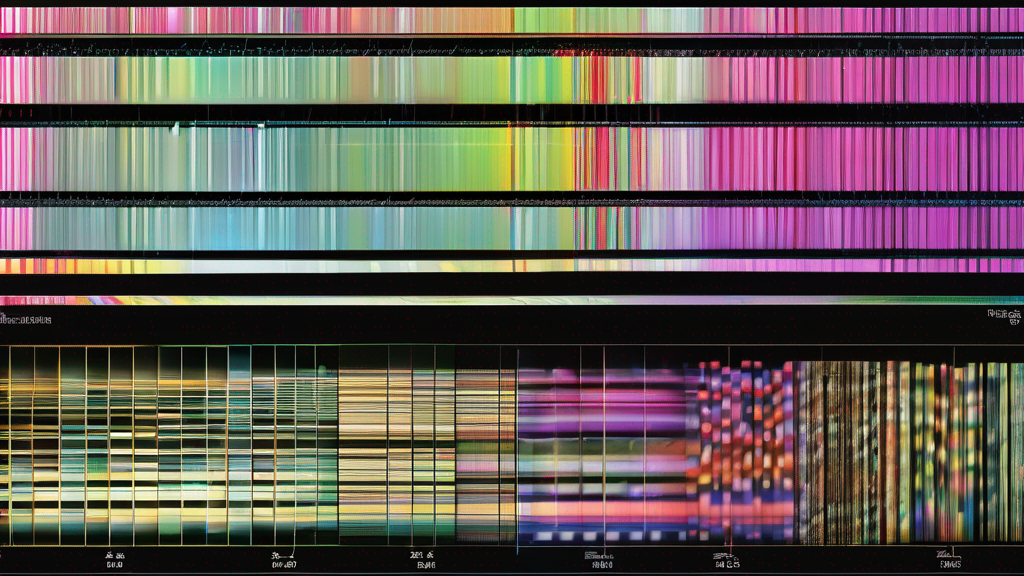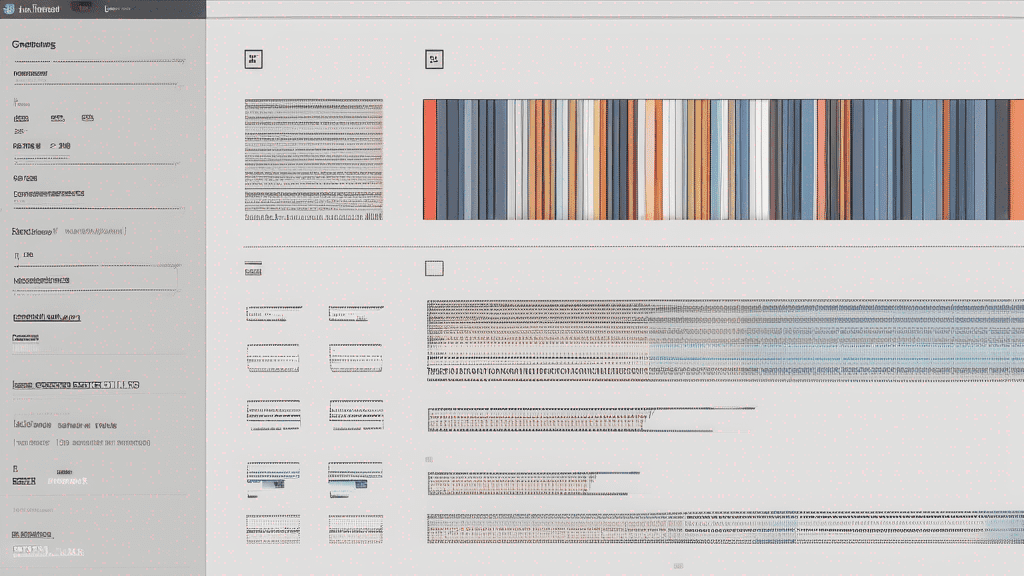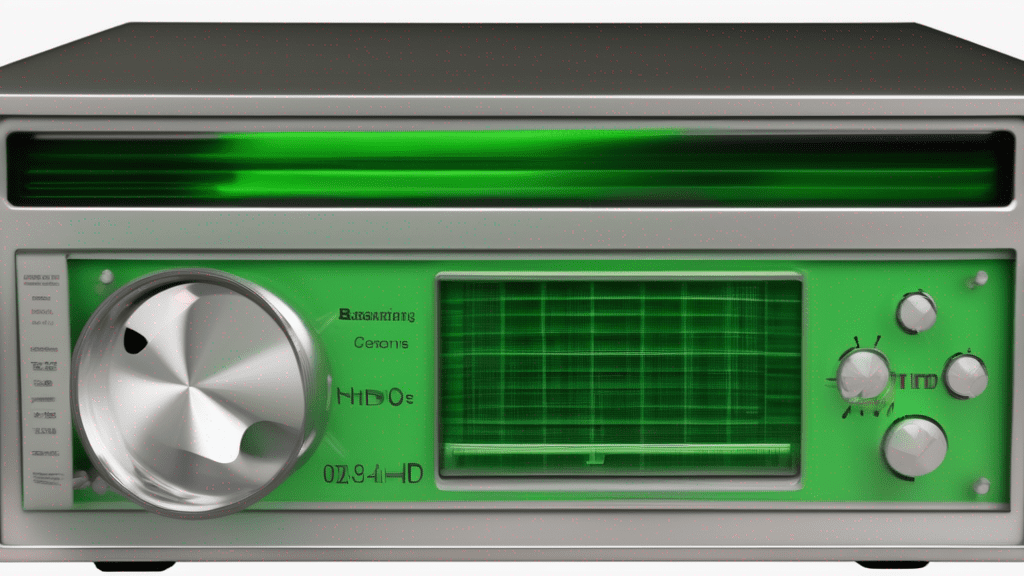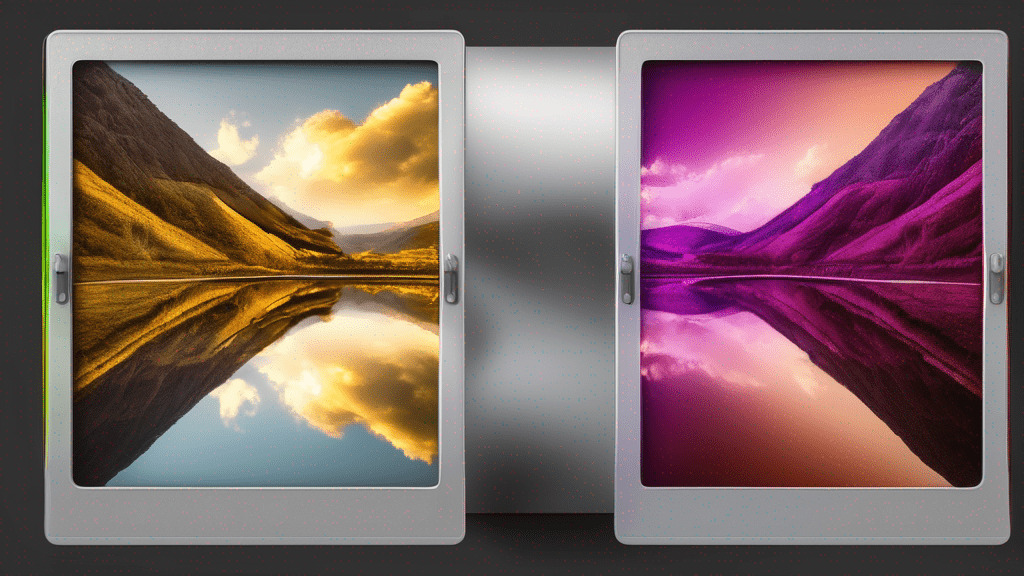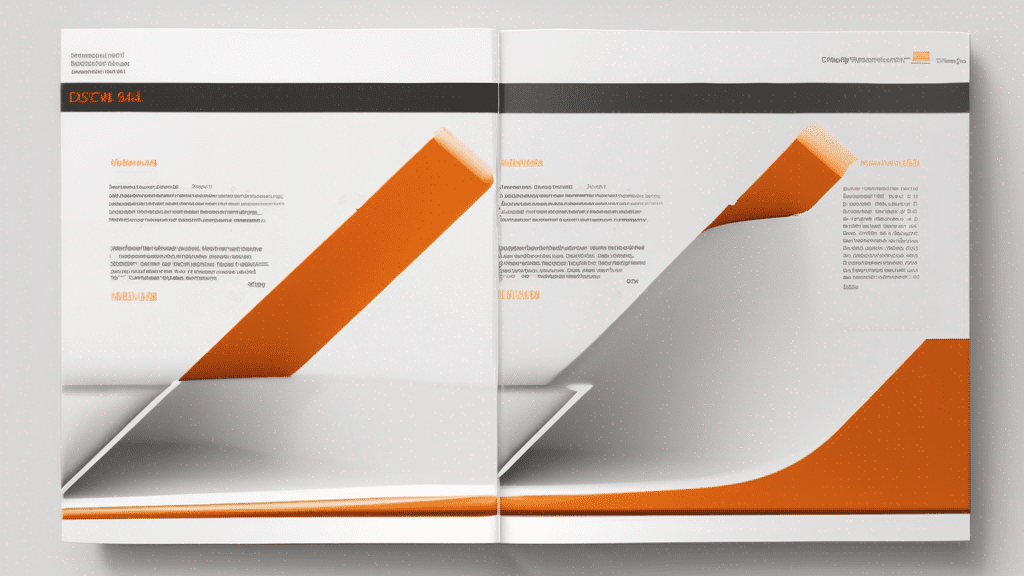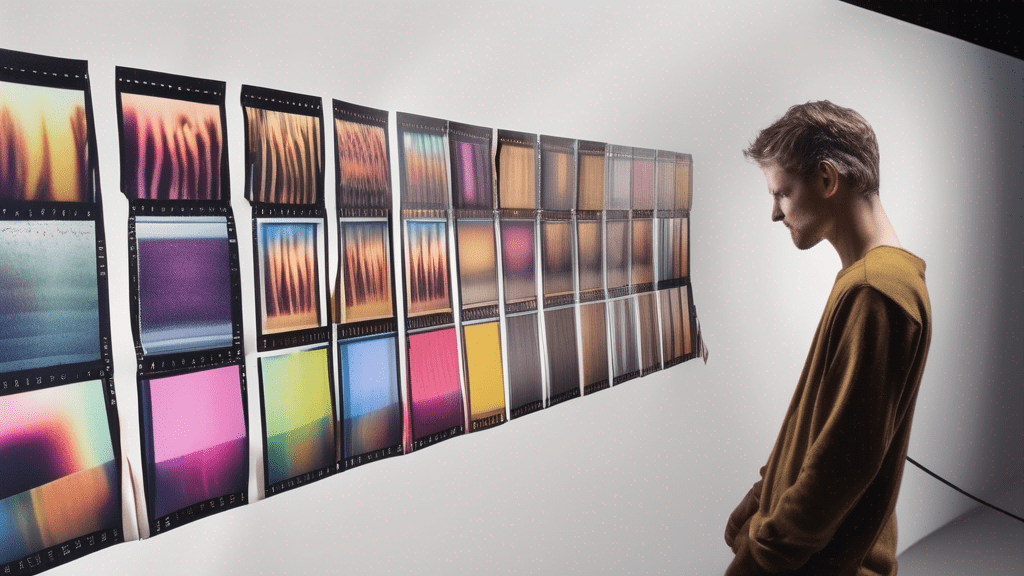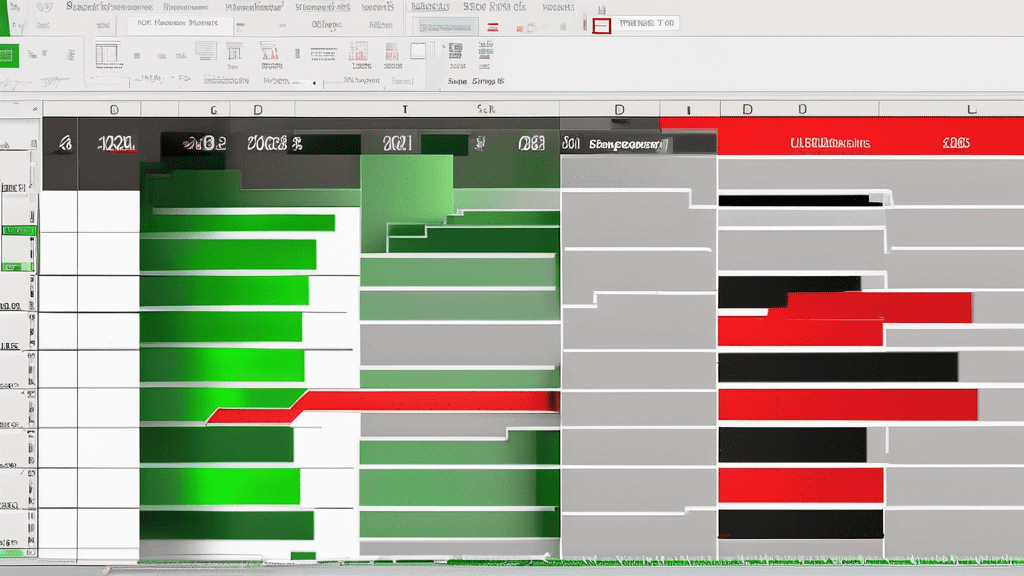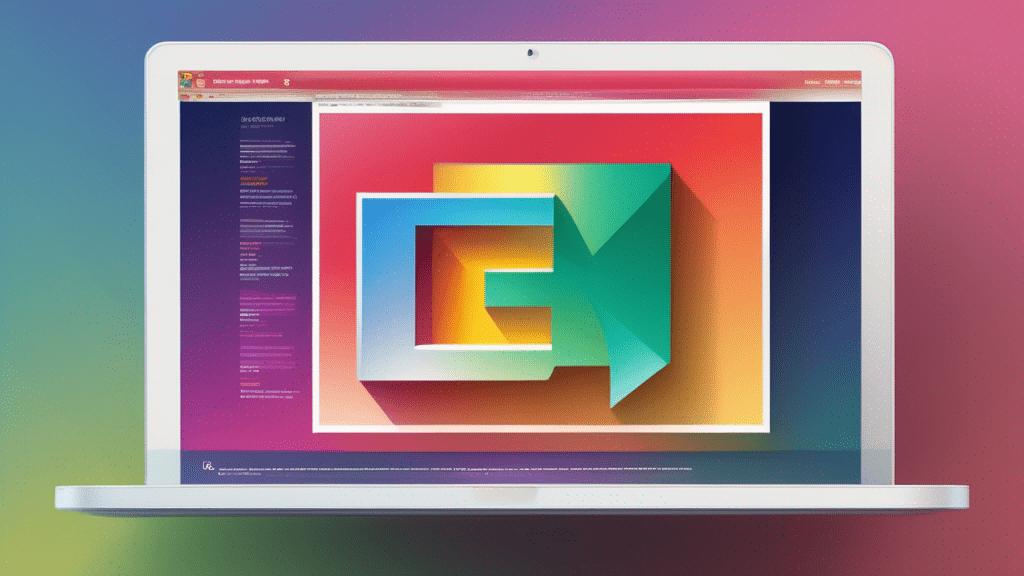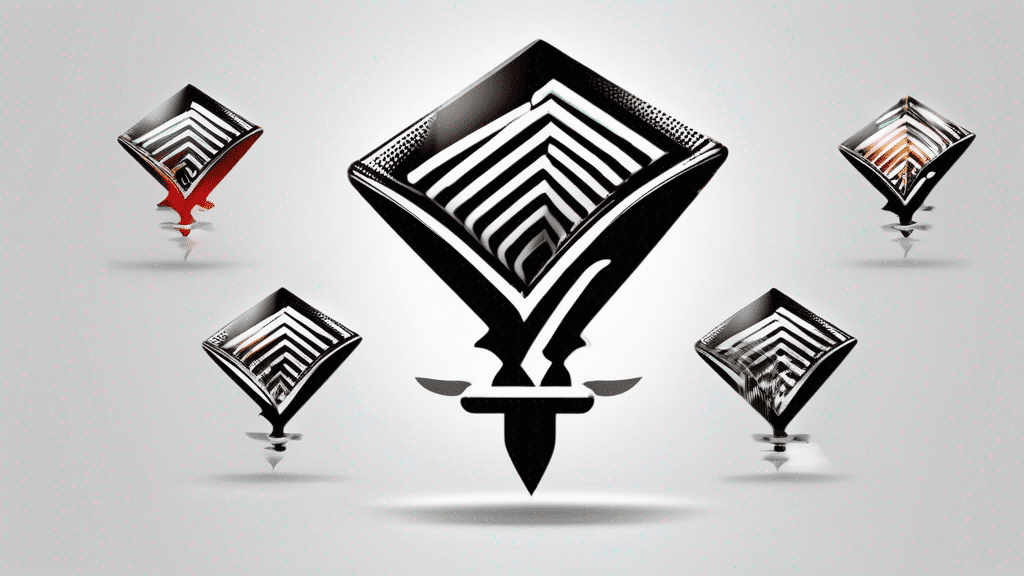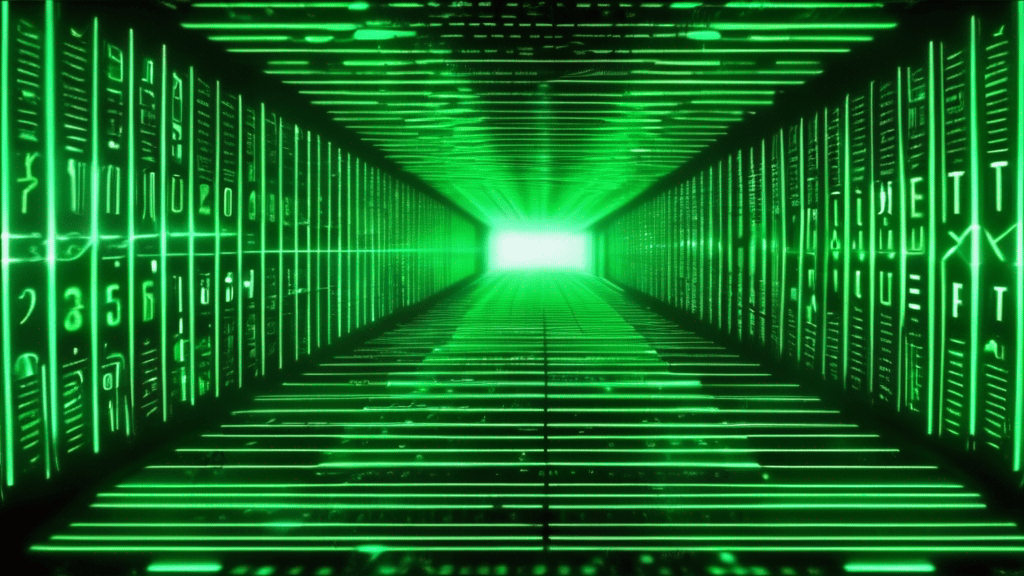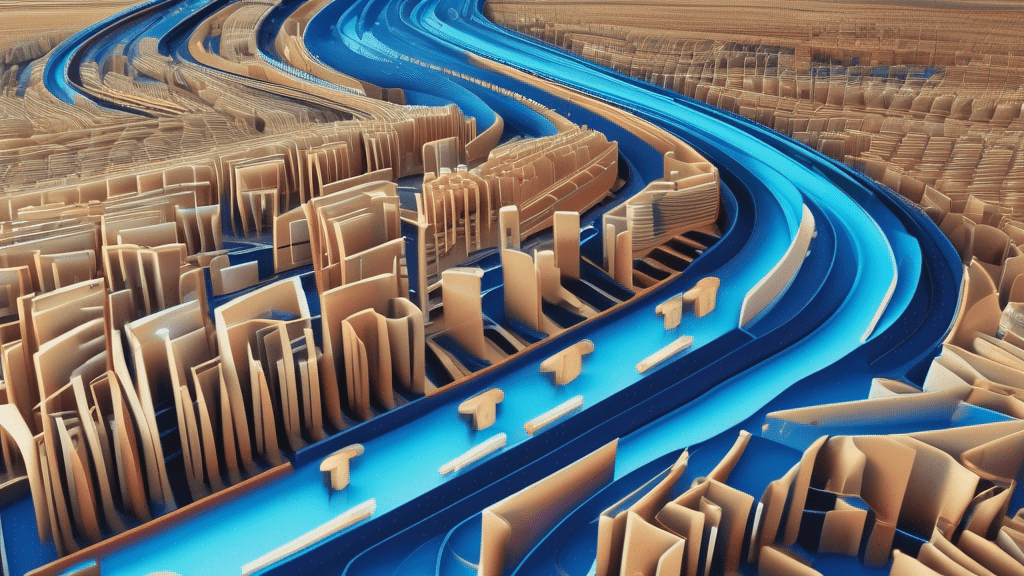Converting images to SVG (Scalable Vector Graphics) format can be a game-changer for designers, developers, and anyone working with digital graphics. SVG files are vector-based, meaning they can be scaled up or down without losing quality, making them ideal for logos, icons, illustrations, and other graphics that need to look sharp on any screen size or resolution.
FilesAlter’s Image to SVG Converter is a powerful online tool that makes converting images to SVG a breeze. With its user-friendly interface and advanced features, you can quickly and easily convert your raster images (like JPG, PNG, or BMP) to crisp, scalable SVG files, ready for use in your projects.
Whether you’re a professional designer, a developer working on a responsive website, or simply someone who wants to optimize their graphics for the web, this tool has got you covered. Let’s dive in and explore how to use it effectively.
Getting Started: Upload and Convert
Using the Image to SVG Converter is straightforward. Simply visit the tool’s page on FilesAlter’s website and follow these steps:
- Click the “Choose File” button or drag and drop your image file into the designated area.
- Once your image is uploaded, you’ll see a preview and have the option to adjust settings like background color and output format (SVG or SVG-ZIP).
- Click the “Convert” button, and the tool will process your image, converting it to a high-quality SVG file.
- Download your new SVG file or copy the SVG code to use in your projects.
Advanced Options for Fine-Tuning
While the basic conversion process is straightforward, the Image to SVG Converter also offers advanced options for fine-tuning your SVG output. These options include:
- Background Color: Choose a solid color or set the background to transparent.
- Output Format: Select between SVG or SVG-ZIP, depending on your needs.
- Optimization Level: Adjust the level of optimization to balance file size and quality.
- Precision: Set the precision level for curves and paths in your SVG file.
By adjusting these settings, you can ensure that your SVG files are optimized for your specific use case, whether it’s for web graphics, print materials, or other applications.
Benefits of Using SVG Files
Converting your images to SVG format offers several advantages over traditional raster formats like JPG or PNG. Here are some key benefits:
- Scalability: SVG files can be scaled up or down without losing quality, making them ideal for responsive web design and high-resolution displays.
- Small File Size: SVG files are typically smaller in size than their raster counterparts, leading to faster load times and improved website performance.
- Editability: SVG files are XML-based, which means they can be edited and manipulated using code or vector editing software.
- Animation Capabilities: SVG files can be animated using CSS or JavaScript, enabling dynamic and interactive graphics on the web.
Comparison: SVG vs. Raster Image Formats
| SVG | Raster (JPG, PNG, etc.) | |
|---|---|---|
| Scalability | Infinitely scalable without quality loss | Quality degrades when scaled up |
| File Size | Typically smaller | Larger file sizes |
| Editability | Editable with code or vector software | Limited editing capabilities |
| Animation | Animatable with CSS or JavaScript | Limited animation capabilities |
As you can see, SVG files offer significant advantages over raster formats, making them a preferred choice for many design and development projects.
Conclusion and Call-to-Action
Converting your images to SVG format can unlock a world of possibilities for your design and development projects. With FilesAlter’s Image to SVG Converter, you can easily convert your raster images to crisp, scalable SVG files with just a few clicks.
Whether you’re working on a responsive website, creating graphics for print materials, or simply optimizing your digital assets, this tool is a must-have in your toolbox. Give it a try today and experience the power and flexibility of SVG files for yourself.
Ready to convert your images to SVG? Visit FilesAlter’s Image to SVG Converter and start creating crisp, scalable graphics that will look great on any screen or device.
